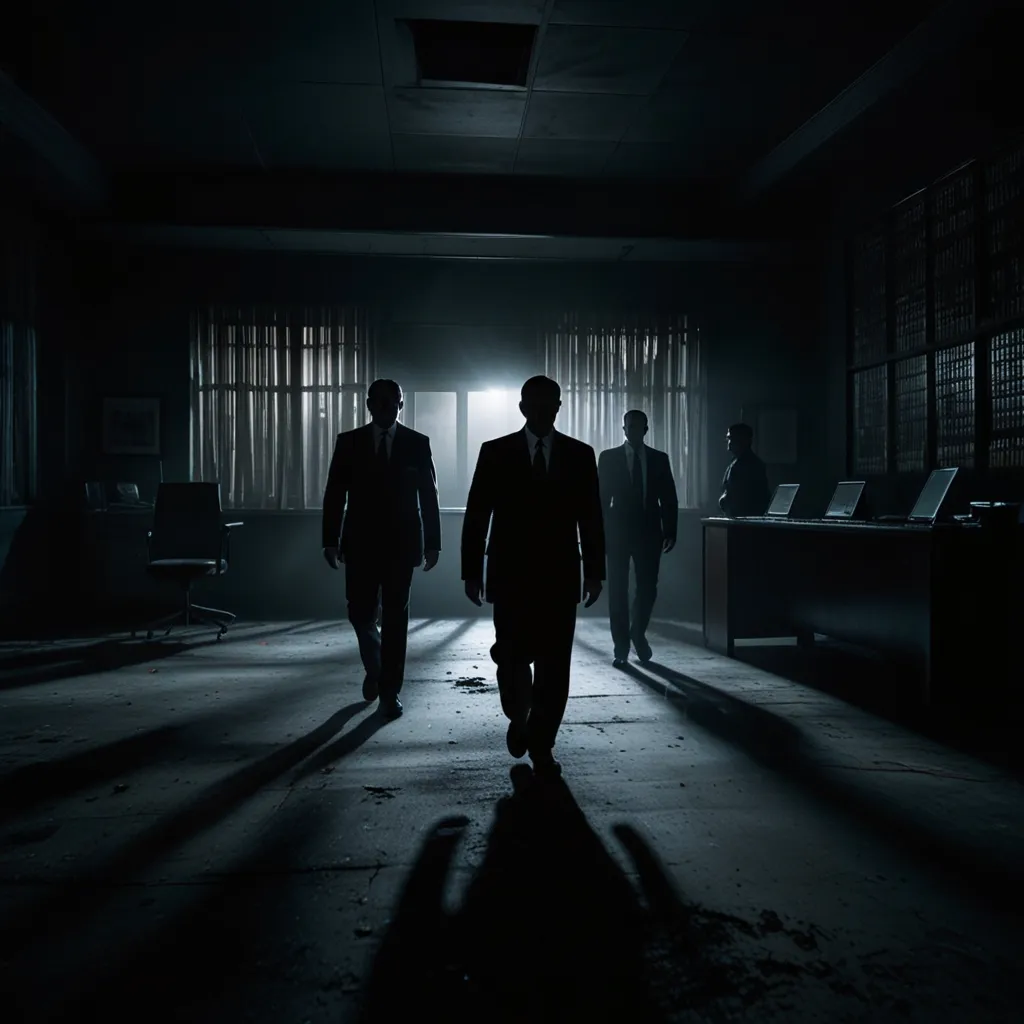The world of espionage and undercover operations is full of intrigue, twists, and unexpected alliances. It’s like stepping into a thriller where the unexpected is always lurking around the corner. Let’s dive into an astonishing tale from the post-World War II era, focusing on one of the most secretive operations that involved not just national governments, but also unexpected allies from the underworld and beyond.
In 1948, America’s cities were suddenly awash with heroin, and the man tasked with solving this mess was Harry Anslinger, the Federal Narcotics Commissioner. His pursuit for answers led him to an unlikely revelation: the infamous mafia boss, Lucky Luciano, was at the heart of this spike in heroin distribution. Traditionally, the mafia steered clear of the drug trade; however, circumstances had shifted profoundly.
Anslinger, determined to tackle the crisis, dispatched his agents to Sicily, where Luciano was found orchestrating a massive heroin shipment to New York via Havana. However, a peculiar twist emerged when the local authorities refused to detain him. A baffled Anslinger contacted the U.S. Embassy in Palermo, only to be told that Luciano was on their side—specifically, working with the CIA. As it turns out, Lucky Luciano, a notorious crime boss, had transformed into an undercover asset for U.S. intelligence.
Post-World War II, Europe was a mosaic of devastation and suspicion. The Allies controlled West Germany, while the Soviets held sway in the East, igniting the Cold War. Amidst this tension, the U.S. needed a formidable strategy to contain Soviet advances. Enter Allen Dulles of the CIA, who crafted a radical plan that involved using citizen-soldiers for underground warfare, dubbed ‘stay-behind’ groups, ensuring that even if governments fell under Soviet influence, resistance would persist.
This plan needed leadership, and in a move that could only be described as controversial, former Nazis were recruited. One such figure was General Reinhard Gehlen, experienced in Eastern front intelligence for the Nazis. Post-war, instead of facing trial for war crimes, Gehlen offered his intelligence in exchange for protection, thus becoming an asset under America’s Operation Paperclip. This covert operation facilitated the recruitment of numerous Nazi scientists and strategists, including those implicated in war crimes, to work for the U.S. in various capacities. Gehlen formed a network of ex-Nazi soldiers, trained for sabotage and paramilitary engagements, dubbed “werewolves.”
Gehlen’s network extended beyond Germany, involving numerous European countries under the larger umbrella of NATO’s Operation Gladio. The operation aimed to curb Soviet influence at any cost, relying on covert actions and, controversially, manipulating local political climates through outright terror if necessary.
Italy became a focal point as the 1948 elections approached, with the Communist Party gaining traction. Operation Gladio, under the guidance of Gehlen and funded through illicit means, was poised to sway the election outcomes away from any pro-Soviet inclination. Here enters the shadowy world of drug money. To fund these clandestine operations without congressional knowledge, the CIA courted drug lords. Heroin became the currency for political manipulation, and Luciano was instrumental in its distribution across America. The Mafia, despite its previous abstention from drug trades, could not resist the lucrative proposition, aligning with the CIA to bolster their shared anti-communist goals.
The Vatican Bank played an unexpected role, laundering the massive influx of drug money necessary for funding Operation Gladio’s activities. This collaboration between the CIA and the church, leveraged for political and ideological reasons, added another layer of secrecy to the operations.
Throughout the 70s and 80s, Italy experienced a period of severe political instability and violence known as the “Years of Lead,” marked by bombings and assassinations. Many of these violent acts were eventually linked to Operation Gladio, implicating state-sponsored and CIA-backed provocations meant to maintain political dominance by any means necessary.
As the Cold War waned, these covert operations began unveiling truths concerning alleged Soviet threats and espionage plots. The Soviet Union, plagued with internal issues, was far from the formidable adversary it was portrayed to be. Despite its collapse in 1991, military expenditures in the U.S. saw continued increases—a decision fueled by narratives of ongoing threats, real or exaggerated.
The CIA’s involvement in these activities remains shrouded in classified documents and denials. Allegations of the agency’s complicity in the drug trade and other nefarious activities still surface—though investigations often loop back with inconclusive claims. Although the organization promises transparency, much about these covert operations stays hidden, feeding into conspiracies that mix fact with fiction.
This story of complex alliances is a testament to the lengths nations go to protect interests and perceived threats. The intertwining tales of the CIA, the mafia, and the Vatican Bank during Operation Gladio showcase international intrigue, where the lines between good and evil blur into a tapestry of survival, power, and secrecy. These events significantly shaped the geopolitical landscape of not just Europe but the world, weaving a narrative so complex it brings to life the adage that truth is sometimes stranger than fiction.






